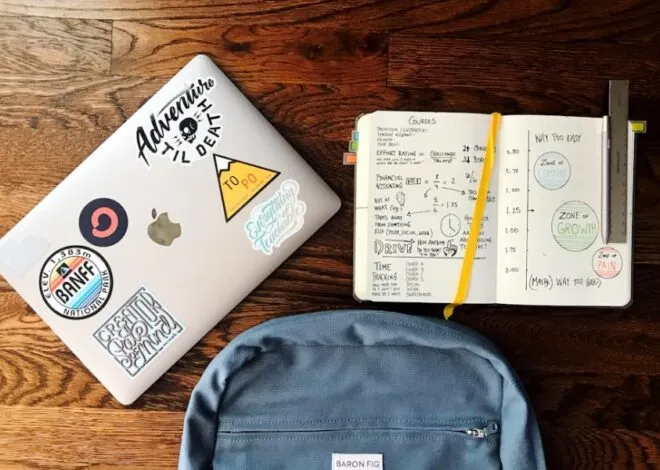About the Physical Development of Infants
Infants grow so quickly during the first year of life. An infant’s physical development will depend on a variety of factors including, genetics and nutrition. Growth and development will likely happen in bursts throughout the first year. All infants develop at their own rate. If you are worried that your baby is not developing properly, talk with your pediatrician.
Newborn Physical Development
Most newborns will lose weight shortly after birth. Generally the baby will reach his birth weight by 2 weeks of age as breastfeeding or bottle feeding becomes more established. A newborn baby is completely dependent on his caregiver for all the necessities of life. During the first month of life, a newborn baby will begin to strengthen his neck muscles and learn to hold his head up for short periods of time. Newborn babies will startle after hearing a loud noise.
Newborn babies have limited eyesight but will make eye contact if you put your face a few inches away from theirs. Many new parents are shocked to discover that even the youngest babies have the ability to copy simple actions, such as sticking out their tongue in response to you sticking out yours.
Physical Development in a 2 to 4 Month Old Baby
In the second to fourth months of life, infants begin to notice more of the world around them. Many two-month old babies will be able to hold their head unsupported for short periods of time and will show greater upper body strength when placed on their tummy. Eye contact is more frequent and vision is improving. By the second month, infants can see nearly all colors. Babies quickly learn to cry when they need something, and as mother and child bond, a mother is able to distinguish one cry from another. A baby will begin to kick his arms and legs to exercise his muscles. Most three-month old babies can hold their upper body up when placed on their stomach and some may be able to roll from front to side. Familiar faces are often met with a smile. Some three-month old babies may begin to sleep through the night.
Physical Development in a 4 to 6 Month Old Baby
The fourth month of life is often a fun one for parents because babies will develop a true laugh and begin to show more personality. At four months, babies often begin to sit with support or in a tripod like position. Babies may begin rolling from front to back. Between four and six months, many babies begin reaching for objects and can hold objects in their hands. Simple baby toys can be introduced.
Physical Development in a 6 to 9 Month Old Baby
Babies develop very rapidly between the ages of six to nine months. Most babies will begin to sit without support and many can pull to a standing position with support. At six months of age, the digestive systems of most babies have developed enough to begin eating solid foods. As infants get closer to nine months they may begin “cruising” or walking while holding onto a couch or coffee table. Infants may learn to stand without support and some will take their first steps. Simple words, such as “mama” and “dada,” are often heard during this time period.
Physical Development in a 9 to 12 Month Old Baby
Between the ages of nine to twelve months, many babies will begin to take their first steps, although it is not uncommon for babies to delay walking until some after their first birthday. Babies will begin to self feed and practice grasping small items with their thumb and forefinger. Babies will develop the coordination to crawl up stairs but will most likely still need help coming down.




